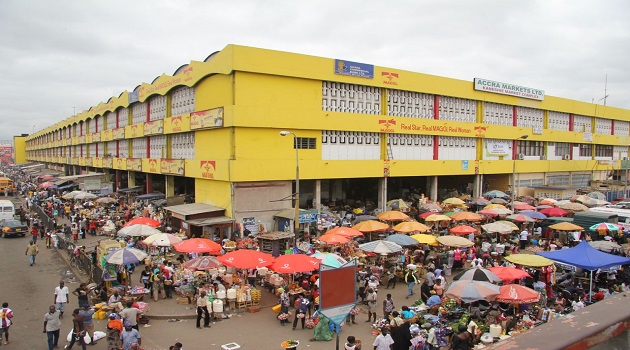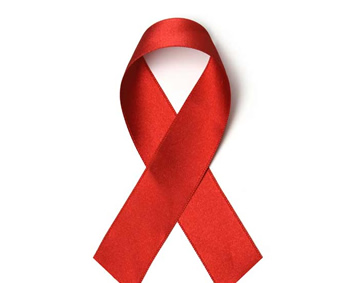
The effect of recent government activity on the bond market is beginning to show, manifesting particularly in a buildup in public debt stock.
This follows revelations by the Bank of Ghana that the total public debt at the end of May 2017 stood at GH¢137.2 billion, having risen from GH¢122.6 billion at end 2016. The total stock of the domestic debt stood at GH¢63.9 billion and the external debt was GH¢73.3 billion.
The increase in the debt stock was on account of issuance of long-dated domestic bonds in line with government's debt management strategy of re-profiling the public debt as well as extending the yield curve.
This was announced by the Governor of the Bank of Ghana, Dr. Ernest Kwamina Yedu Addison, when addressing journalists at the close of the most recent session of the Monetary Policy Committee (MPC) in Accra last week.
Statistics show that, before now, the stock of domestic debt, which was GHC53.4 billion (31.9% of GDP) at the end of 2016 increased to GHC55.2 billion (27.2% of GDP) at the end of March 2017.
External debt increased from GHC69.2 billion (41.3% of GDP) at the end of December 2016 to GHC71.9 billion (35.3% of GDP). This brought total public debt at the end of March 2017 to GHC127.1 billion (62.5% of GDP) up from GHC122.6 billion (73.3% of GDP) at end 2016.
Dr. Addison noted that the recently released GDP data from the Ghana Statistical Service showed that the economy expanded by 6.6 percent on a year-on-year basis in the first quarter of 2017, relative to 4.4 percent in the same period a year earlier.
According to him, the stronger growth outcome was largely driven by increased crude oil production.
"However, the non-oil sector growth was weaker, turning in at a modest 3.9 percent in the first quarter of 2017, against 6.3 percent recorded for the same period of last year. The lower non-oil growth continues to reflect low activity in the services sector."
The Governor added that the implementation of the budget for the first four months of the year has remained broadly in line with the set target.
Fiscal operations for the year to April 2017 resulted in a cash deficit of 1.5 percent of GDP, within the set target of 2.2 percent, mainly due to expenditure controls even as revenue fell below target.
"Provisional data shows that total revenue and grants for January to April 2017 were 5.4 percent of GDP against a target of 6.5 percent.
"Total expenditures, including arrears clearance was 6.6 percent of GDP compared with a budgeted estimate of 8.3 percent. Financing of the deficit, equivalent to 1.5 percent of GDP was mostly from domestic sources," Dr. Addison stressed.
In addition, the Governor indicated that BoG has reduced the Monetary Policy Rate by 150 basis points to 21 percent.
"Economic activity continued to improve supported by a rebound in crude oil production, and is expected to remain in line with trends seen in the first half of the year."
However, Dr. Addison said the Committee would continue to monitor risks and take the necessary policy action to move headline inflation towards the medium term target.
Foreign exchange market conditions remain stable supported by improved liquidity conditions, the trade surplus and increased reserves. In the year to June 2017, the Ghana cedi recorded a depreciation of 3.7 percent against the US dollar, compared with a depreciation of 3.3 percent reported in June 2016.
Gross International Reserves stood at US$5.9 billion, translating into 3.4 months of import cover at end June 2017, compared with $4.9 billion (2.8 months of import cover) at end December 2016.
Read Full Story























Facebook
Twitter
Pinterest
Instagram
Google+
YouTube
LinkedIn
RSS